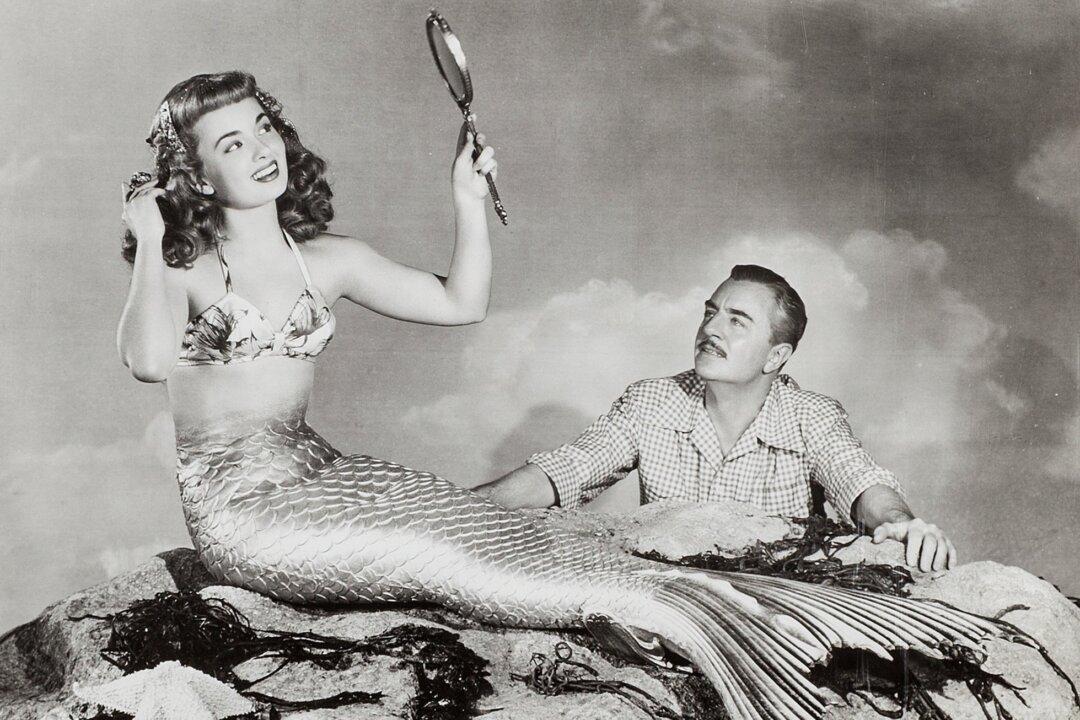Commentary
Summer is nearly over, and there may not be many more opportunities to take a classic summer vacation at an attractive location by the sea. However, if you couldn’t enjoy a nautical holiday this season, you can still escape to the beach through a movie. For a summer holiday double feature, I recommend two classic comedies about men who get a lot more than a tan during their seaside vacations.





